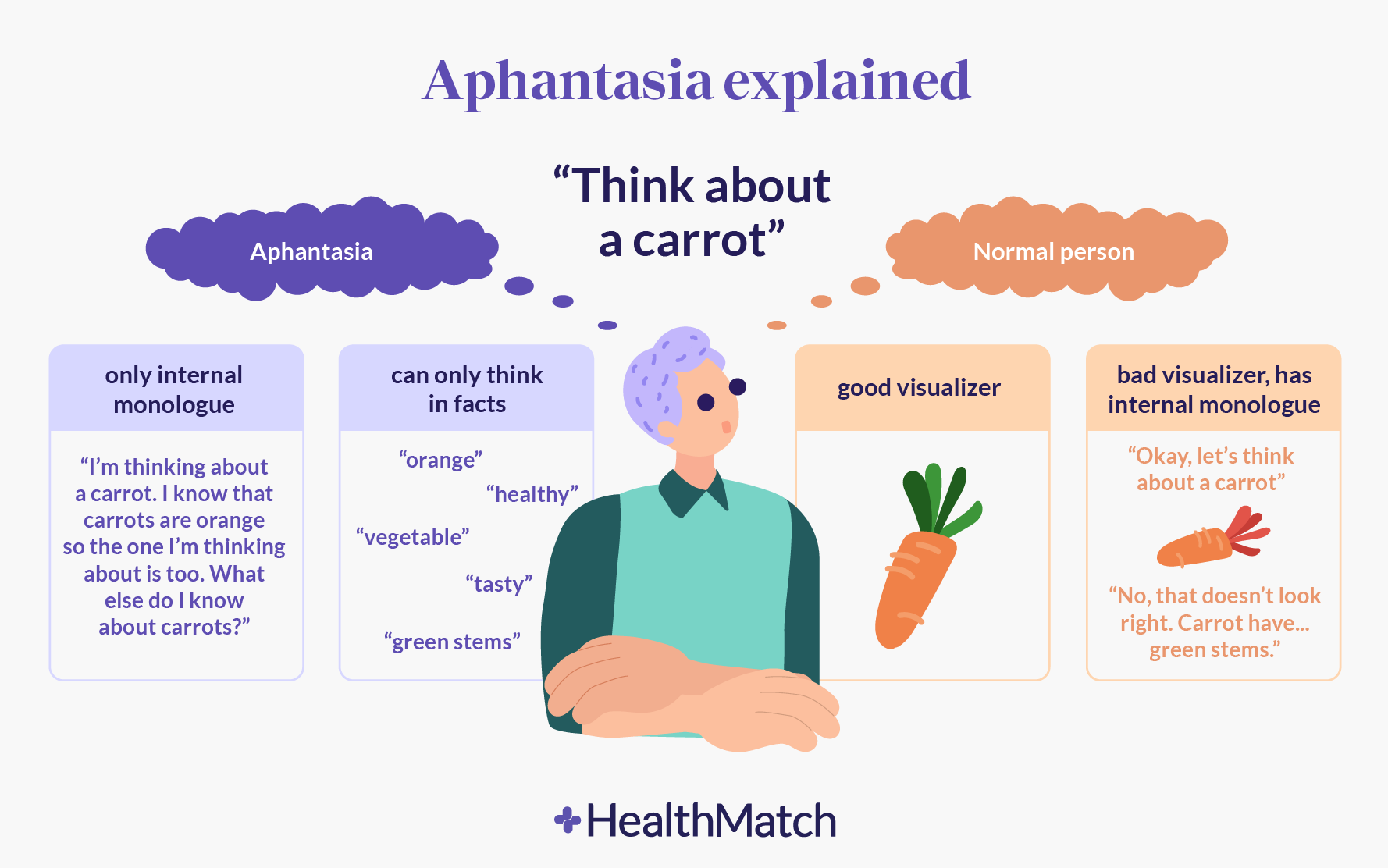Scientific Research Refines Inner Monologue Prevalence: 5-10% Report Limited Inner Voice, Challenging Broader Claims

Recent discussions on social media, fueled by claims such as one made by Stefan Molyneux, MA, have brought the concept of inner monologue into public discourse, suggesting that "between a third and a half of people have NO inner monologue or dialogue." The tweet further described this experience as existing "in a blur of images and sensations and feelings," asserting that such individuals are "all around you." However, scientific research offers a more nuanced understanding of this complex aspect of human cognition, challenging such broad generalizations.
The idea of an internal voice, or inner speech, is a widely recognized form of thought, but its prevalence and nature vary significantly among individuals. Pioneering work by psychologist Russell Hurlburt, often cited in discussions about inner monologue, indicates that while inner speech is common, it does not constitute a constant internal narrative for everyone. Hurlburt’s research, using descriptive experience sampling, suggests that people experience an inner voice approximately 25% of the time, emphasizing a spectrum of inner experience rather than a strict binary of presence or absence.
More recent studies have begun to quantify the proportion of the population with very limited inner speech. Research by Johanne Nedergård and Gary Lupyan (2024) introduced the term "anendophasia" to describe a condition where individuals experience little to no inner voice. Their findings suggest that roughly 5% to 10% of the population report very low levels of inner speech, and these individuals may perform differently on verbal memory tasks and rhyme judgments, indicating a functional impact.
However, subsequent academic commentary, such as that published in Psychological Science (2025), cautions against concluding that these studies provide "compelling evidence" for a complete absence of inner speech in some individuals. This perspective highlights the critical distinction between a low prevalence of inner speech and its total non-existence, suggesting that self-reported data on inner experience can be challenging to interpret definitively.
For those who do not primarily rely on an inner monologue, thought processes often manifest through other modalities. These can include inner seeing (visual imagery), unsymbolized thinking (direct cognition without words or images), conscious consideration of emotions, or heightened sensory awareness. This diversity in cognitive styles underscores that thinking is not solely confined to verbal internal dialogue. The ongoing research continues to explore the intricate ways humans process thoughts and experience their inner worlds, moving beyond simplistic categorizations.